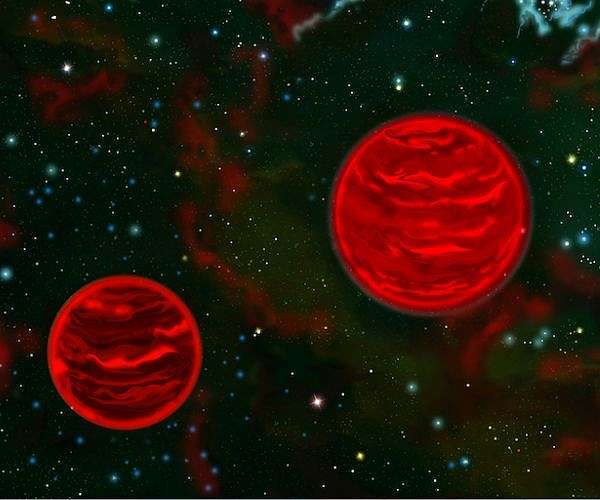25.04.2024

Astronomers have been captivated by the recent identification of what might be a novel category of "free-floating" planets, unveiled through remarkable images from the James Webb Space Telescope. These planets, named Jupiter-mass Binary Objects (JuMBOs), appear to orbit each other without being tethered to any star, challenging long-held beliefs about planetary system formation.
Researchers from the University of Nevada, Las Vegas, and Stony Brook University detailed their findings in a study published on April 19 in Nature Astronomy. They suggest that these JuMBOs could form through interactions within dense star clusters which may eject these giant planet pairs into space, bound together by gravity.
"Our simulations reveal that pairs of giant planets can be expelled from their home systems during close encounters with stars, leading them to orbit each other as they traverse the galaxy," explained Yihan Wang, corresponding author and postdoctoral fellow at the Nevada Center for Astrophysics.
This research hints at a more frequent occurrence of such binary planets in crowded star clusters and gives insight into the chaotic conditions that might influence planetary formation. The study's results indicate the importance of dynamic stellar interactions in the evolution of atypical planetary systems.
"Identifying these mechanisms enriches our understanding of planetary formation complexities and prepares us for future studies with the James Webb Space Telescope," added Rosalba Perna, a physics and astronomy professor at Stony Brook University.
Zhaohuan Zhu, UNLV astrophysicist and co-author, emphasized, "The upcoming data from JWST could validate our model and prompt a reassessment of existing theories, thereby enhancing our grasp of how giant planets evolve."
Quelle: SD
